Travel Post-Mortem Lessons
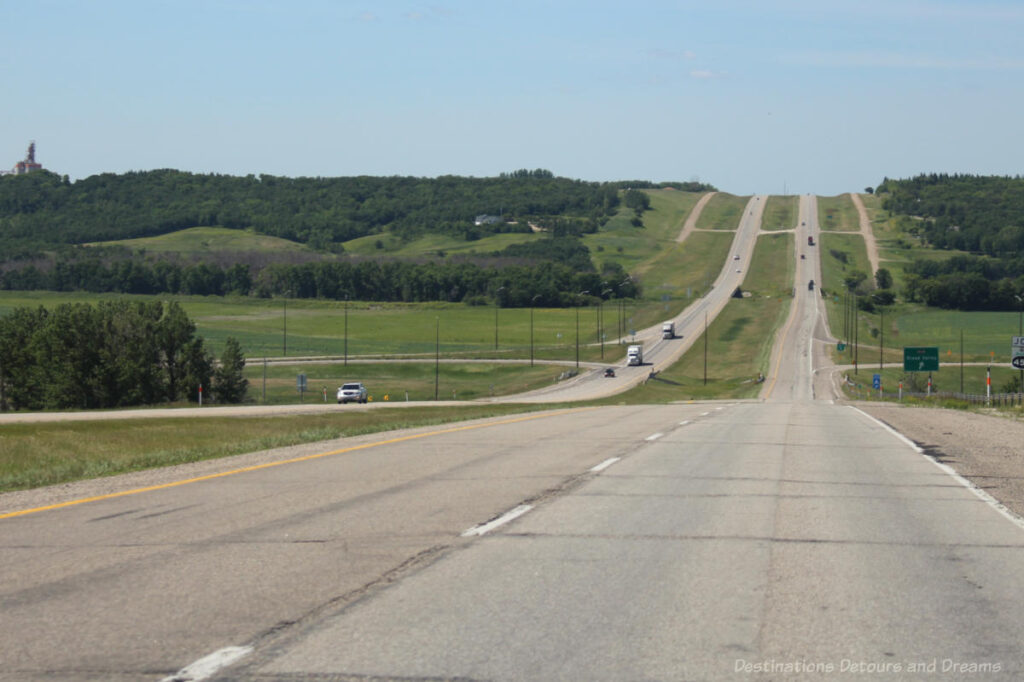
Learning from past travel experiences to improve future travel experiences
About three-quarters of the way through our summer road trip, my husband said to me, “We should do a post-mortem on the trip when we get home.” The use of the word post-mortem was not because the trip felt like a dead duck. We were enjoying ourselves, but there were a lot of aspects to this trip that were different than our past travels. A review of what had worked and what hadn’t might be useful for future trip planning. When we’d worked in informational technology, we’d both been involved in post-implementation reviews that looked at what had gone well and what could be done better in the future. Sometimes these had been referred to as post-mortems.
We’d never done such a conscious review in the past, although our travel routines did evolve over time based on our own experiences or learning about something someone else did that seemed like a good idea. This trip, however, was different. For three years, travel had been almost non-existent for us, first stopped by the pandemic and then slowed down by my husband’s degenerative disease. Not only were we out of practice, we needed new routines to deal with changed circumstances. My husband has limited mobility and requires a walker. He also tires more easily. He no longer drives. I am now the sole driver. So, it made sense to take a good look at what worked well and what didn’t in order to make any future trips easier.
Do you review your travel experiences in order to learn for the next trip? Such a review essentially involves two questions. What worked really well? What was difficult and unpleasant? You can then look at each item to assess what it was specifically that worked or what it was that made something difficult or unpleasant. Can you incorporate what worked into future travel planning? What could you do differently to make something less difficult?
There will be things you cannot directly control. Some of the most enjoyable moments may have occurred because of happenstance or because of the nature of whatever attraction you were visiting. A lengthy flight may be necessary to get to your destination. You have no control over flight delays, but perhaps there are things you can plan for to minimize the impacts.
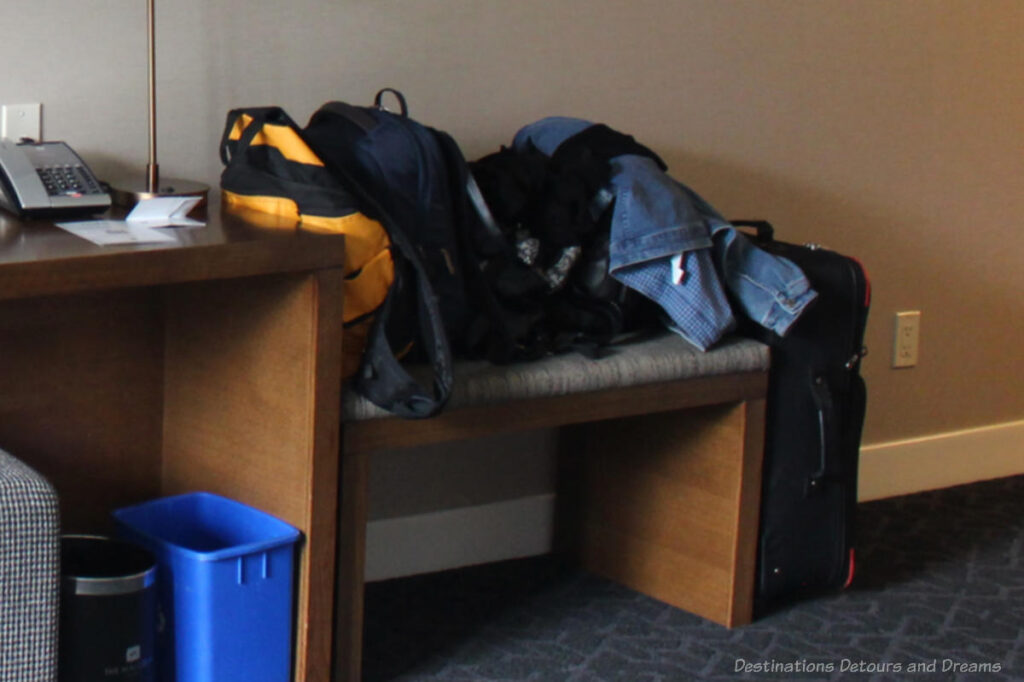
What makes travel pleasant or unpleasant varies by individual, but I think there are a few common areas that can be examined. Were you happy with the type of accommodations? Was the length of time you spent in the car driving too long or too little? Did you miss seeing something you were interested in because you didn’t book ahead. Were you exhausted because you scheduled too many things? Was there something you should have packed that you didn’t? Did you bring too much and struggle to carry baggage from place to place? Did you see what you really wanted to see or did you focus too much on what others said you should see? Were there surprises in local customs you could have been better prepared for?
The challenge in this type of reflection is identifying what could be done differently. We can get caught up in routines and not even consider something different. About two years ago, as my husband’s feeling and control in his legs and arms started to worsen, we hired an occupational therapist to assess our home for ways we could make things easier for him. The biggest take-away from that was a shift in our thinking. We needed to look at each thing that was causing difficulty and think about could be done differently. Just because we’d stored something in a particular cupboard for the past 8 years didn’t mean it needed to stay there. We could leave more things out in the open on the kitchen counter. There are a number of products out there that can help make his life easier, but finding out that they even existed was another learning experience for us. During our frequent travel days, I discovered small tips that helped with our travel experience through articles written by other travelers or seeing something another traveler did. So, pay attention to what other travelers do or recommend. Not everything they do or recommend will be of interest to you, but you may have the occasional “aha moment.”
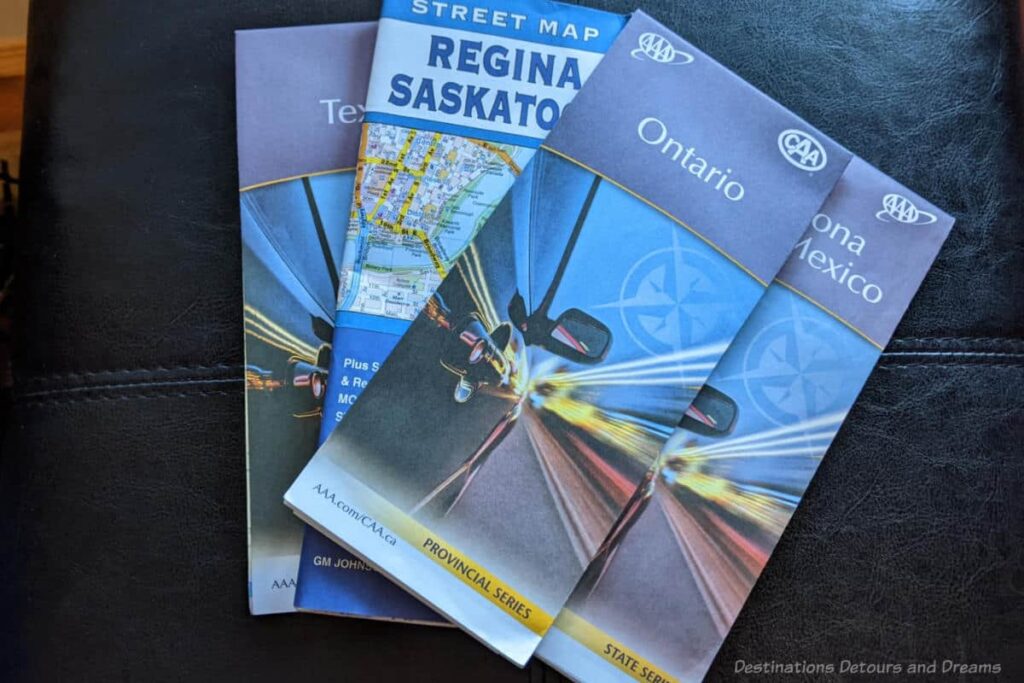
As for our trip post-mortem, we did not do a formal or lengthy review of the trip, but we did have a conversation about what worked, what parts were difficult, and what we might do differently. Here is a summary of what we came up with:
Length of travel day
On the days we drove from place to place, we averaged about 8 hours on the road including stop times for gas, bathroom breaks, and lunch. That was acceptable to me, but I wouldn’t want to do a longer day. Ideally, I would have reduced that time by one to two hours. We only had two full travel days in a row before stopping somewhere for a few days. That also worked well. We could likely manage another day or two of consecutive travel if need be, but it wouldn’t be our first choice. Canada is a big country with long distances between some places. Sometimes it makes sense to include a longer travel day or more travel days in a row.
Hotels
The hotels on this trip worked well for us. Finding hotels with accessible rooms or accessible features is now a must for us. Although not a must, hotels that have restaurant facilities within them make things easier for us. We like to go out to other restaurants as well, but there are times not having to go too far helps conserve my husband’s energy.
Navigation
For the most part, the navigation on this trip was pretty straightforward. We did, however, encounter a couple of instances when it became apparent we needed to work together to better transition from me being the navigator while my husband drove to my husband navigating, especially when we encounter a situation where we need to “re-calculate.” I think we have figured out an approach that will work on future trips.
Packing/Luggage
This was the area with the most room for improvement. Some of this was the result of being out of practice. Some was due to the fact that I hurt my knee just before I started packing which both interrupted my planning and limited my movements. And another part was because of our changed circumstances.
I now am the sole person moving the luggage from car to hotel room and back again. My husband can put one small backpack on the seat of his walker, but I bring in all the rest. On this trip, I didn’t follow my own advice from a previous post Road Trip Tips. In that, I recommended keeping a larger suitcase with most of your clothing in the car and packing a smaller overnight or weekender size bag to take into hotels when you are only staying overnight (or maybe for two nights). You can repack the smaller bag on the road as needed.
Other than the luggage itself, various sundry pieces we wanted to bring into the room made the load more awkward. This included snacks we had in the car, cooler pack items, and snacks or drinks we’d bought for the room. To make this more manageable, we’re considering purchasing a wheeled shopping bag for future trips.
One of hotels on this trip had bellhops. Although this is rarely the case at the hotels we usually stop at while on the road, anytime this service is available we will definitely use it.
I used to pack my clothes and my husband packed his. I now pack for both of us. I am still adjusting to that. I like to use packing cubes. My husband rarely used them. I found myself not considering using cubes for his clothes as readily as for mine. (This goes back to something I said earlier about getting caught up in routines and not thinking differently.) I have to focus on organizing all our packing in a way that works for me.
What was not addressed
This was a driving trip. The situation would be quite different if we were to fly somewhere. We have not been on a plane in over two years. We have not identified the specifics of what we’d need to do to make that experience work as well as it could for us, but, with some lateral thinking, we could probably apply some lessons from this road trip.
Never miss a story. Sign up for Destinations Detours and Dreams free monthly e-newsletter and receive behind-the-scenes information and sneak peeks ahead.
PIN IT
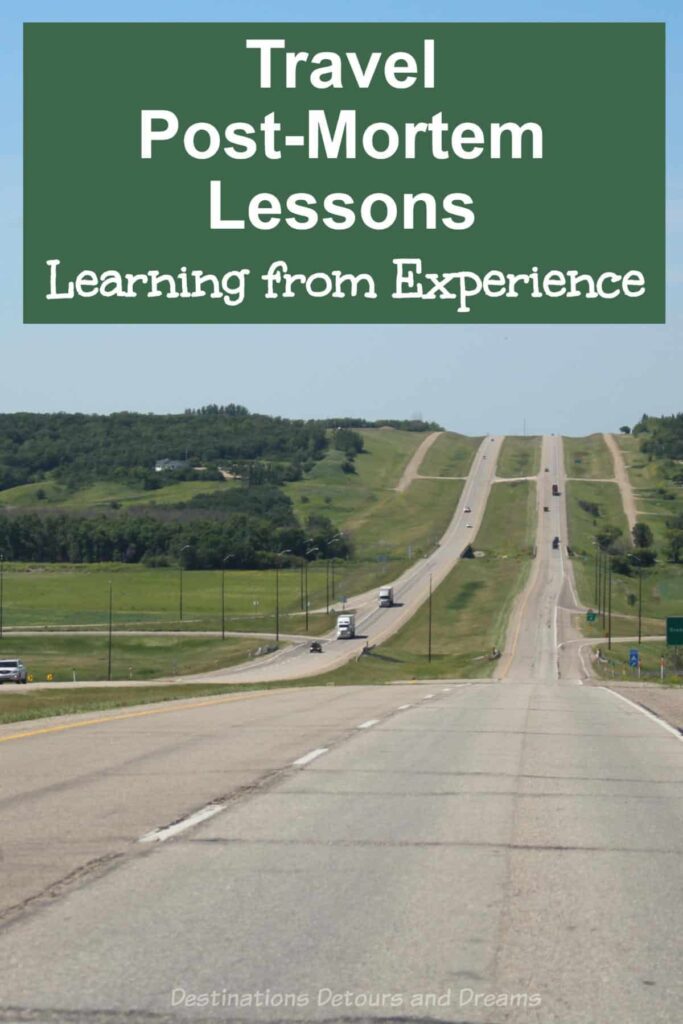

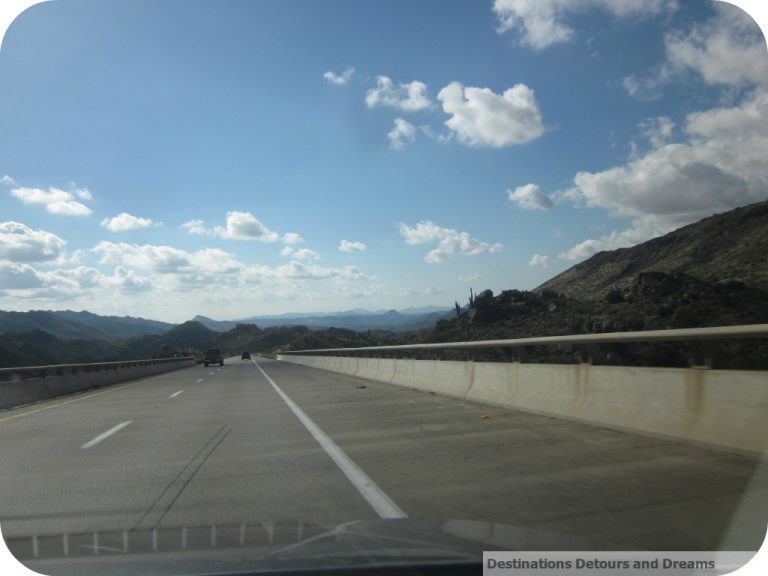


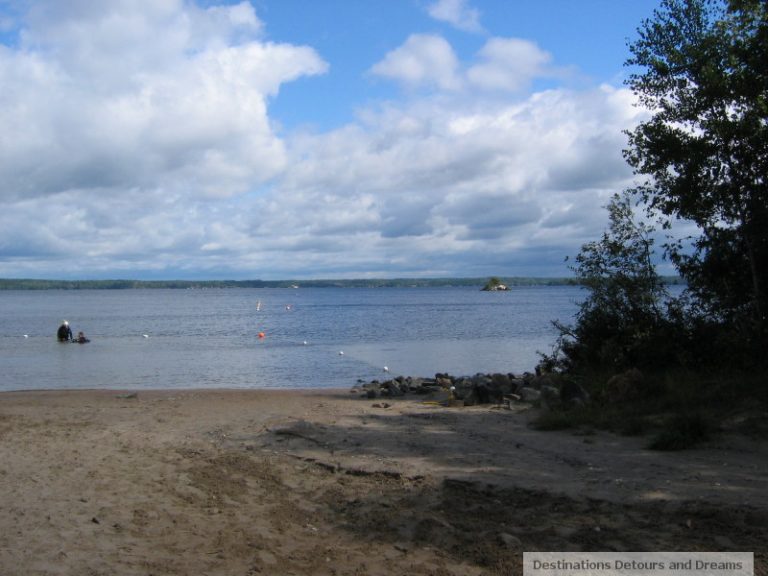
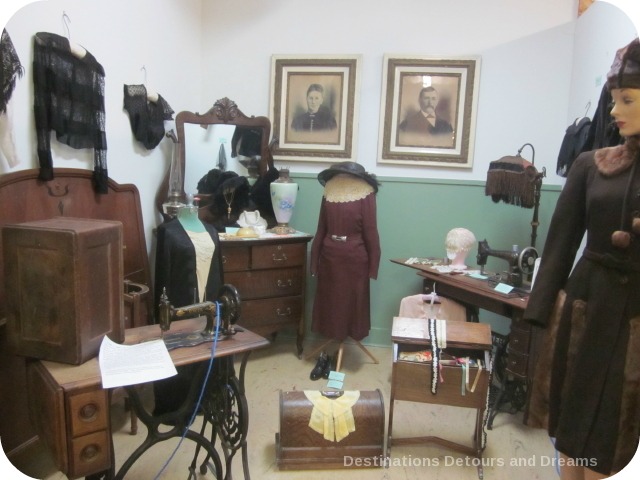
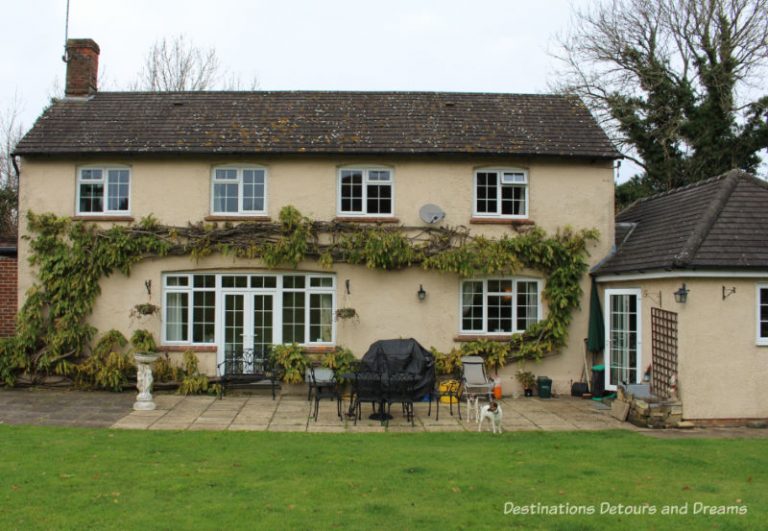
I’ve ever really done that, though for sure there are past mistakes I want to remember, especially when it comes to packing. Pardon the pun but I’m more likely to fly by the seat of my pants.
Ken, I am more planner than fly by the seat of the pants by nature, but can appreciate the joy and freedom of more spontaneous travel. Because our current situation means planning is necessary for some aspects, the challenge for me is to avoid over-planning.
Hi Donna, as you know, we are in a similar situation as you and Rick. We have now stopped going to Texas for the winter due to my husband’s health issues, in addition to his mobility issues.
So much of what you shared are similar to decisions we made in our last few trips south. For example, we used to do the trip in 2.5 days, in the last few years we extended it to 3.5 days. I also packed a small suitcase to go into the hotel and picked hotels that had accessible rooms and located on the main floor.
Post-mortems are a good idea anytime, but particularly when life situations start to change drastically.
Good article.
Hi Eva, yes I am aware of your situation. Sometimes the hardest part of dealing with life situation changes is recognizing that we can make changes and do not have to do things the way we’ve always done them so far. It can take some conscious thought and effort.